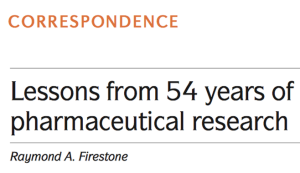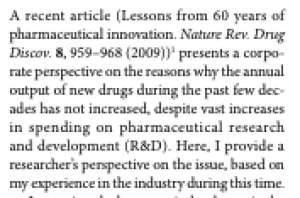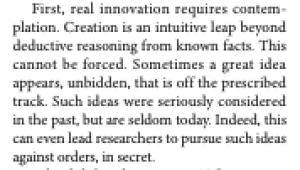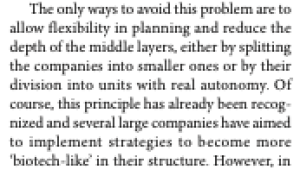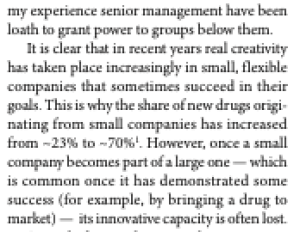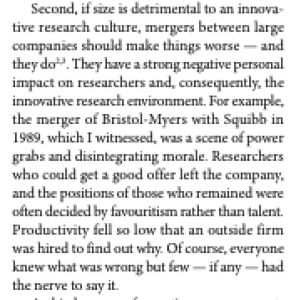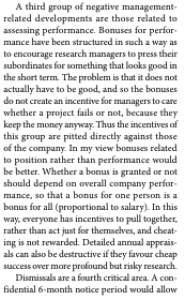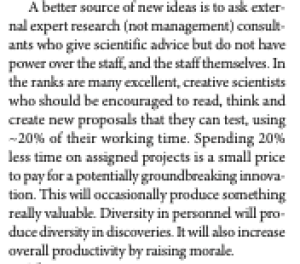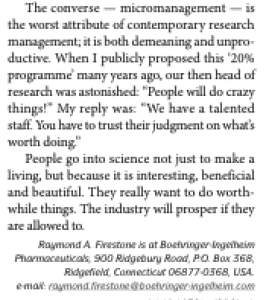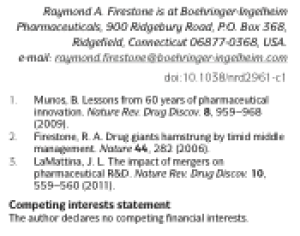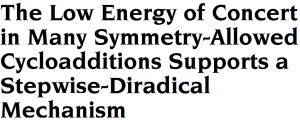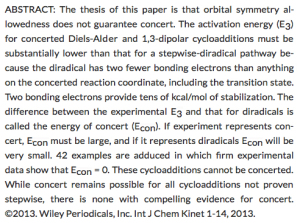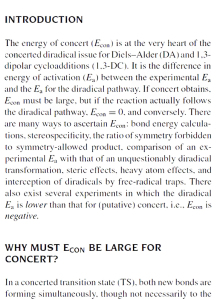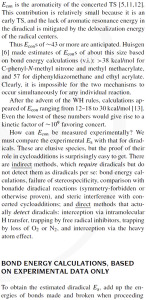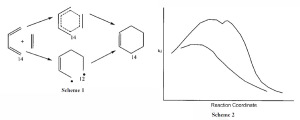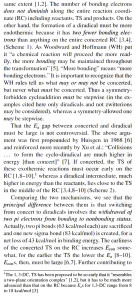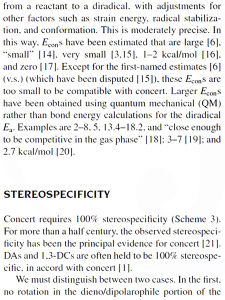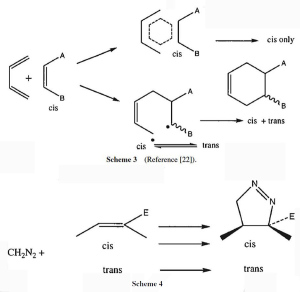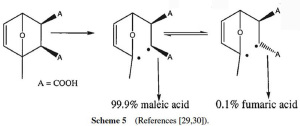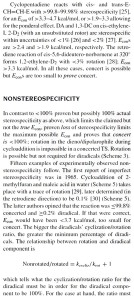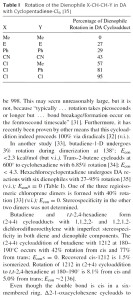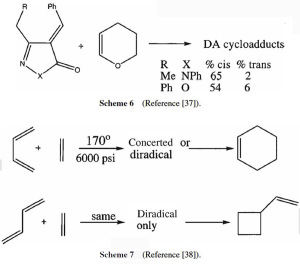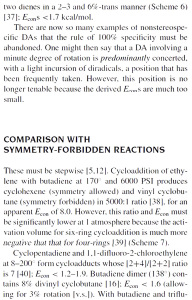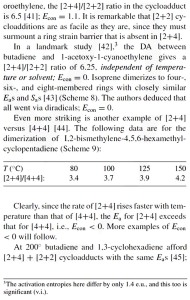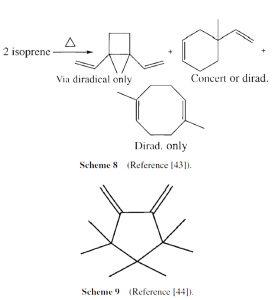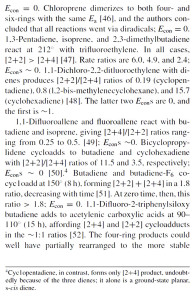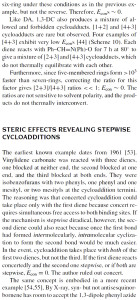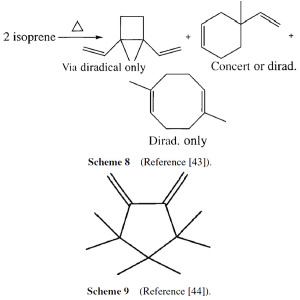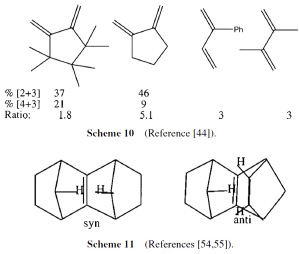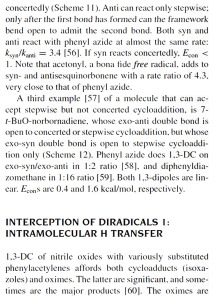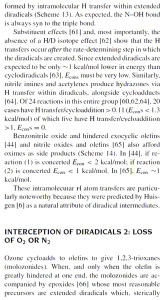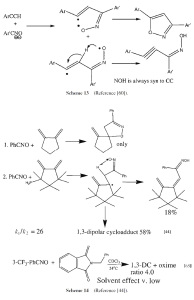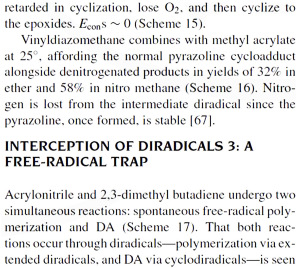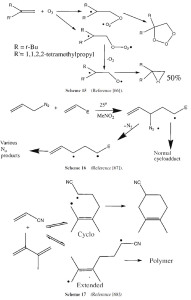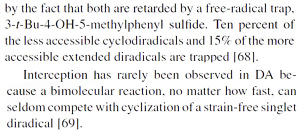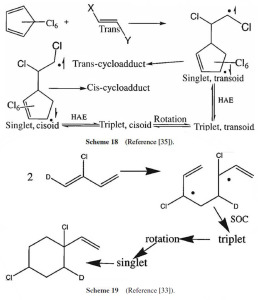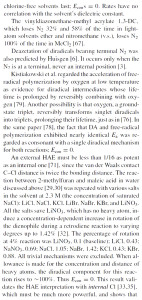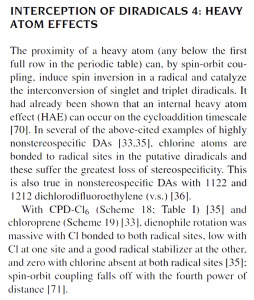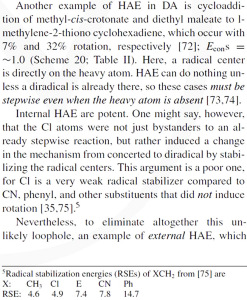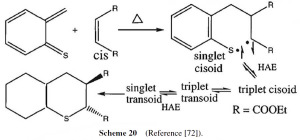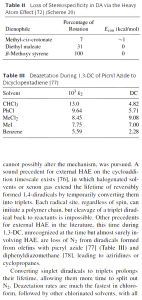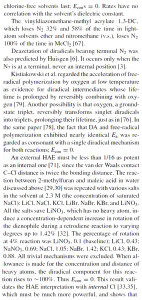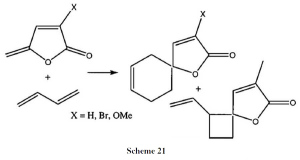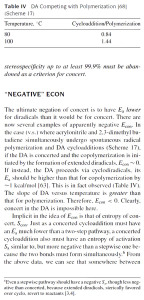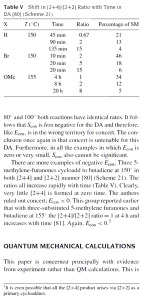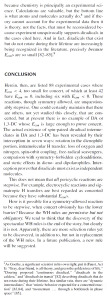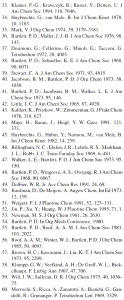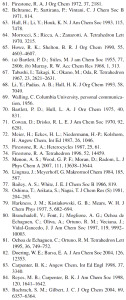In science, we first observe phenomena. Then we try to account for why these things happen by creating a Hypothesis. Then we test the hypothesis by seeing how many different phenomena it can explain. If it explains a lot of disparate things, it is promoted to a Theory.
Any theory can be dislodged by new observations that contradict it. However, since any individual experiment has a small chance of being wrong, or wrongly interpreted, when a theory is challenged, we weigh the evidence pro vs. con. The more evidence favoring the theory, the more contrary evidence it takes to overthrow it. All this is just common sense.
One of the most well-supported theories, if not the very most, is Gravitation. All objects possessing mass, no matter how small, attract all other objects in the Universe. From infancy we see dozens of events daily that support gravitation. It was Isaac Newton who first recognized its universality, and although neither he nor anyone else understands how objects not touching can pull or push each other, we all recognize that it somehow happens all the time, with no exceptions.
Newton’s great triumph was to show that Gravitation operates not only locally, but also throughout the heavens. Not only does the Earth attract any unsupported object so that it falls to the ground, but the sun attracts the planets, and stars and galaxies attract one another.
In 1929, the astronomer Edwin Hubble reported that all heavenly bodies (save those very near) appeared to be flying away from us. Furthermore, the speed of this flight was proportional to their distance from us. Thus it appeared that everything in the heavens was flying away from everything else, and that at some time in the past all of them were in the same place (Hubble’s Law). What set them all flying apart was a colossal explosion whose date can be determined from how long it has taken them to get where they are. This date was about 13.8 billion years ago. This explosion is popularly called the Big Bang. On that date the present universe was born, and what existed before then is unknown.
We determine the speed away from us of all heavenly bodies by the Doppler Effect. When any thing that emits any kind of wave – say, sound or light – moves toward or away from us, we observe a shift of the wavelength. The waves from an approaching object are compressed because it catches up a bit with its own waves as it moves, so that they appear to be shorter to us than they appear to a passenger riding along on the moving object. Waves from a departing object appear stretched out to us, but not to the passenger. An example that all of us have observed is an ambulance or fire truck whose siren is on. As it approaches us, the pitch is steady, but as it passes us it falls, and when it moves further away it is once more steady but lower than it was during approach. The wavelength of sound determines the pitch; shorter wavelength denotes higher pitch.
Light waves behave in the same way, but because light travels enormously faster than sound, the moving light-emitter must move at tremendous speeds for us to perceive a Doppler effect. Stars and galaxies indeed move at such speeds. Various wavelengths of light are perceived as different colors. Light from approaching objects is shifted to shorter wavelengths, i.e. they are shifted toward the blue end of the spectrum. Light from departing objects is red-shifted. We can measure these shifts by means of features of the spectra of stars and galaxies whose wavelengths we know with high precision. What Hubble saw was that nearby heavenly objects moved relatively slowly in random directions, i.e. some blue- and some red-shifted, but all others not so nearby exhibited red shifts, which were proportional to their distances.
After the Big Bang, everything moved apart at random speeds, and the Universe expanded rapidly. Presumably, the force of gravitation acts as a brake on the expansion, slowing it down bit by bit, although until now no braking has been detectable.
The redshift tells us the speeds of these objects, but how do we know their distance? Stars and galaxies glow brightly, but their brightness varies randomly as far as we know. Dimmer stars might be dimmer because they are far away, or because they are intrinsically less bright. But there is a class of very bright objects (Type 1a supernovas), termed Standard Candles because they are all believed to be the same brightness. Therefore, we can gauge their distance from how bright they appear to us. They provide the most reliable data supporting Hubble’s Law.
However, an anomaly has been discovered recently. The most distant of these supernovas, about 13.5 billion light-years away, are slightly dimmer than they ought to be. It appears that they are a little further away than they would be by Hubble’s Law. This has been interpreted in terms of Dark Energy, a mysterious opponent of our picture of gravitation, possibly the most solidly supported theory in science. Normally, we discard established theories only reluctantly, on the basis of powerful evidence, which is clearly absent here. Why the rush onto this bandwagon?
Presumably all credible explanations have been considered and found wanting by someone. Herein I try to supply some more parsimonious explanations that must be refuted before Dark Energy can be enthroned. We must remember that the supernovas in question are among the furthest known objects. The light we receive from them has been traveling for ~13 billion years over a distance of 7.6×1022 miles. Thus the objects in question are seen as they were 13 billion years ago, when the universe was very young.
What if light loses brightness as it travels? As far as we know it does not, but perhaps it loses energy so slowly that only over distances as large as 7.6×1022 miles can it be detected. Of course this ad hoc explanation has no experimental support, but neither has it been experimentally refuted. Therefore we may regard it as silly, but it cannot be ruled out with certainty.
The next hypothesis has more meat on it. How do we know that standard candles had the same luminosity 13 billion years ago that they have in more recent times? I suggest that in fact they cannot have the same luminosity because their composition is significantly different from all the later ones. In particular, the earliest stars and supernovas contained no metals, as all later ones do. It would in fact be astonishing if the presence or absence of metals did not affect supernovas’ luminosity. Then why invent Dark Energy?
There is yet another possible solution for the problem. One of the tenets of quantum theory is that uncertainty applies not only to the existence of particles but also to their nonexistence. Therefore even a vacuum contains swarms of particles perpetually entering and leaving existence. I have been assured that these particles do not interact with light, but of course this assurance rests solidly on nothing. Even if we cannot detect quantum particles in the lab, when the lab is 7.6×1022 miles long we cannot rule out the possibility that quantum particles do interfere with light to an infinitesimal but real degree. This may be happening with all the starlight we receive and we would not know it. If it does, then assuredly the supernovas in question will show a greater effect than nearer standard candles. Once again, Dark Energy is not necessary.
Finally, there is another reason for skepticism about Dark energy. We know from the redshift how fast any object was flying away from us when the light we receive was emitted (~13.5 billion years ago). If there were no acceleration or deceleration we would know how far from us it was at that time. From this we would know how bright a Standard Candle would appear. Heretofore, Hubble’s Law has been confirmed again and again, showing no measurable gravitational deceleration until now. If these most distant supernovas have experienced a little gravitational deceleration, then before they had traveled as far as they did as we see them, they must have been going faster than at their redshift-determined speed. Therefore, they are actually further from us than we deduce from Hubble’s Law, and consequently dimmer than expected. That is what we do see! If Dark Energy were real, the most distant supernovas would have experienced gradual acceleration all this time, and they would be closer than predicted from Hubble’s Law, and therefore brighter. This is not what we see.
This raises the question, will the Universe’s expansion keep slowing down until it stops, and then the whole thing reverses itself until it all comes together in another Big Bang? This is attractive but not inevitable, because it is possible that the speed of expansion is so great that even the gravitational attraction of the whole thing is insufficient to bring it all back. Is it possible that the Universe will expand and collapse like a yo-yo forever, despite the prediction of the Second Law of thermodynamics that all disparities in energy will eventually disappear, leaving everything at the same temperature, the so-called “heat death”? Yes. The Second Law says that a bouncing ball must gradually surrender its kinetic energy to its surroundings, and stop bouncing. But the Universe has no surroundings. As far as we know, it’s all there is.
There is no limit to the number of hypotheses people can cook up to explain any phenomenon. They must all be allowed if they cannot be refuted. Therefore, to believe in Dark Energy because “what else could it be?” is not justified in the absence of corroborating experimental facts.






